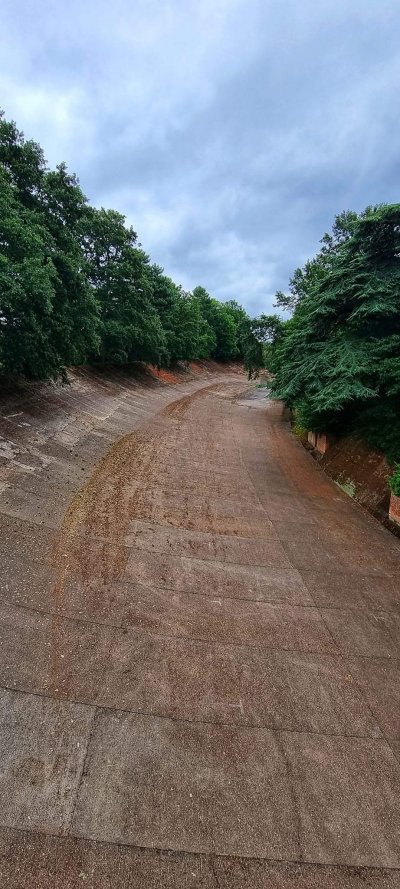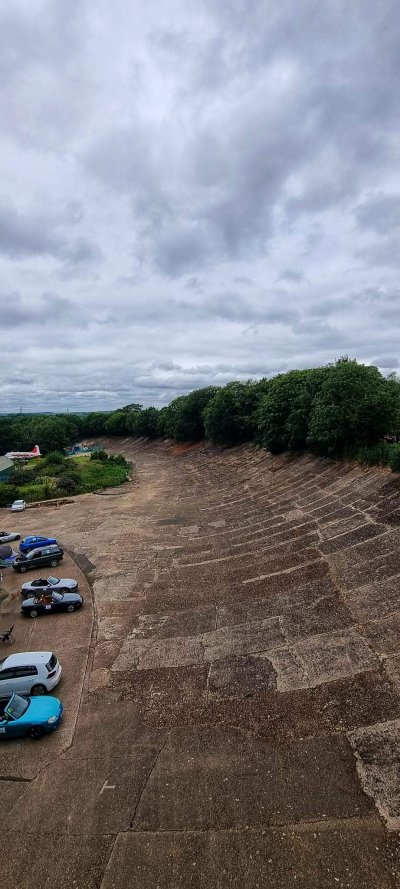hunck
Antediluvian
- Joined
- Jul 13, 2011
- Messages
- 9,514
- Location
- Hobbs End
I’ve only recently started noticing this - I just poured a beer - Old Speckled Hen in case you’re wondering - into a glass. When I picked it up to take a swig some minutes later, moisture was apparent on the desk where the glass had been. Where did it come from?
I hadn’t spilt any - it must be some sort of condensation.. The beer was room temperature - not out of the fridge.
I hadn’t spilt any - it must be some sort of condensation.. The beer was room temperature - not out of the fridge.



